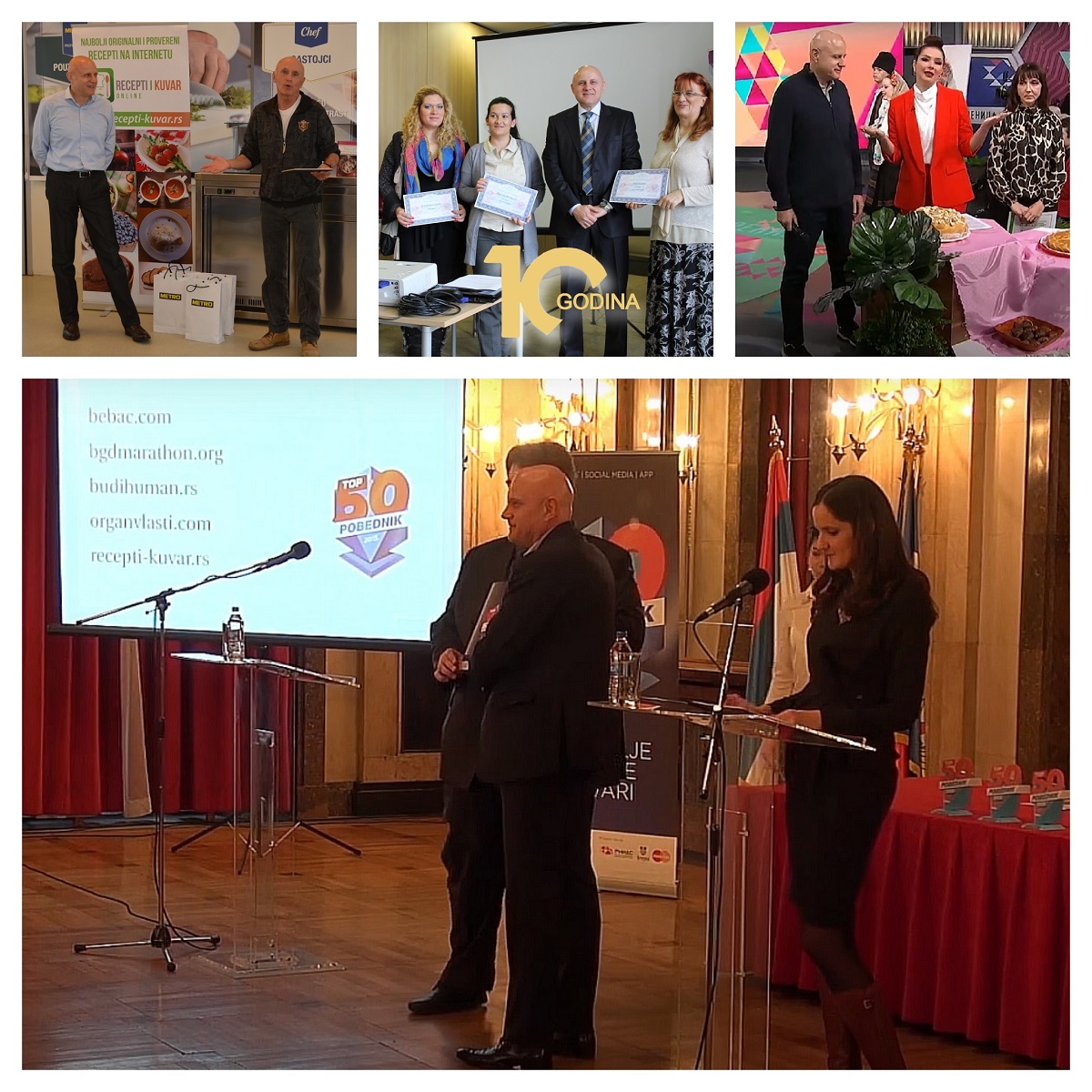Younger and older teenagers use various sources of information but are not yet able to distinguish between false and true news.
Although children are technically more advanced and educated than their parents, they still cannot distinguish true from false information.
As many as 31 percent of children between the ages of 10 and 18 have published a story that was later found to be untrue, while 44 percent say they can recognize fake news.
Jim Steyer, founder of a non-profit organization promoting safe news and technology for children, believes that fake news was not a problem until two years ago and that it has been accelerated by the "Trump phenomenon" accusing the media of deliberately spreading false information.
The research entitled "News and America's Children" was conducted on 583 children and teenagers aged 10 to 18. It looked at how children see new news and how media consumption is changing among children between 10 and 12, and teenagers between 13 and 18 years old.
The only positive finding was that children appreciate the news and find it useful to read. Seventy percent of them said that they feel smart and educated if they read new information in the media.
In addition, a quarter of the group said they had a lot of confidence in the facts from news organizations. The entire group believes that there is no balance in the news when it comes to topics related to gender or race, as well as the relevance of the news itself. Only one-third claim that men and women are equally represented in the media, as are people of different races and ethnicities.
However, children get most of their news through parents, teachers, family and friends more than from any other source, and 63 percent of them are; 49 percent get information via the Internet, and 46 percent via radio, newspapers or television.
Younger children still depend on parents and teachers, while teenagers are already turning to social networks, portals and applications. Only 16 percent of younger people (10-12 years old) read news through social networks, and on the other hand, 49 percent of teenagers gather information in this way.
In terms of receiving news through family, both age groups are equal; 42 percent of younger people (10-12 years old) get news this way, while among teenagers (13-18 years old) that percentage is 47 percent.
Compared to them, adults consume much more television and far less social networks as a source of information. More than a quarter of adults say they read news on portals and mobile phone apps.
Younger teenagers consume more news from YouTube (41 percent), while older people prefer Facebook (41 percent). Girls are more inclined to read news on Facebook, while boys are more inclined to YouTube.
As a conclusion of the research, leading scientists conclude that children in schools should pay attention to the news and that media groups need to create more content that can be consumed by teenagers.
Teenagers believe that the most important problems that concern them are: education (76 percent), technology (72 percent), news from the local community (67 percent) and the environment (64 percent).
Source: UNS bulletin
Read more:
The best recipes on the Android app for your mobile phone or tablet!
The Recipes and Kuvar online portal is ranked among the TOP 50 websites in Serbia!
If you are interested in all of ours recipes, click the link: RECIPES. Collections of the best recipes of our associates can be found in the cook section, if you want to read more, click on the link: COOK. If you want to see our front page, click on the link: RECIPES AND COOK ONLINE homepage.
Don't miss a recipe - Recipes and cookbook online on Facebook. Stay tuned, follow the Recipes and Cookbook twitter notifications!








